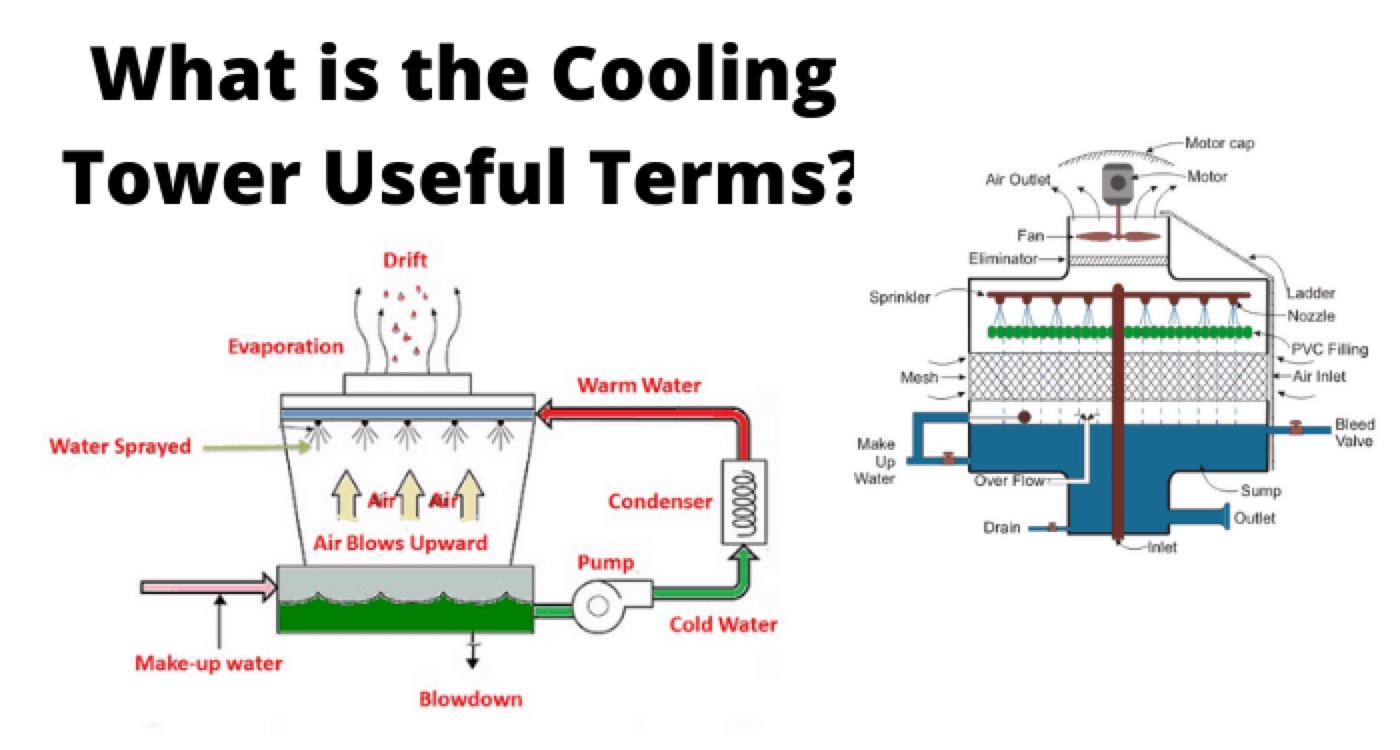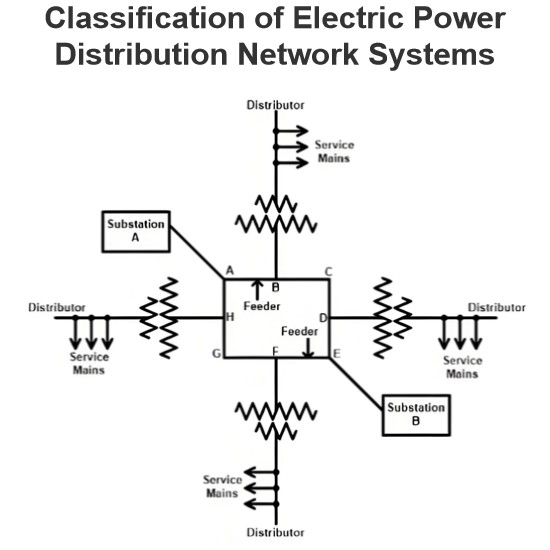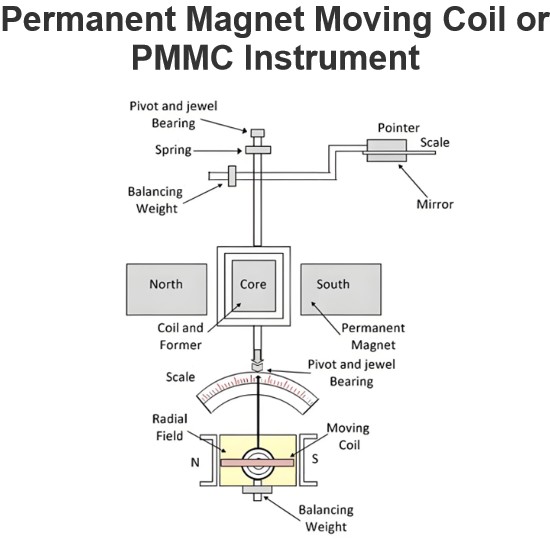A Comprehensive Guide to Cooling Tower Terminology

A cooling tower is a device that rejects waste heat to the atmosphere through the cooling of a coolant stream, usually a water stream, to a lower temperature. Cooling towers are widely used in industrial processes that require heat removal, such as power generation, refrigeration, air conditioning, and chemical processing. Cooling towers can be classified into different types based on their airflow, water flow, heat transfer method, and shape. Some common types of cooling towers are natural draft, forced draft, induced draft, counterflow, crossflow, and wet/dry.
To understand the design, operation, performance, and maintenance of cooling towers, it is essential to be familiar with some of the commonly used terms in the cooling tower industry.

This article will explain the basic concepts and definitions of cooling tower terminology, as well as provide some examples and formulas for calculation.
What is a BTU (British Thermal Unit)?
A BTU (British Thermal Unit) is a unit of heat energy that is defined as the amount of heat required to raise the temperature of one pound of water by one degree Fahrenheit in the range from 32°F to 212°F. BTU is often used to measure the heat load or heat transfer rate of cooling towers.
What is a Ton?
A ton is an evaporative cooling metric that is equivalent to 15,000 BTUs per hour for cooling towers. It represents the amount of heat that can be removed by evaporating one ton of water at 12,000 BTUs per hour. A ton is also a unit of refrigeration capacity that is equal to 12,000 BTUs per hour.
What is a Heat Load?
A heat load is the amount of heat that needs to be removed from the circulating water within the cooling tower system.

It is determined by the process heat load and the circulating water flow rate. The heat load can be calculated by the following formula:

Where,
Q = Heat load in BTU/hr
m = Mass flow rate of water in lb/hr
Cp = Specific heat of the water in BTU/lb°F
ΔT = Temperature difference between hot and cold water in °F
The heat load is an important parameter in determining the size and cost of the cooling tower. A higher heat load requires a larger cooling tower with more air and water flow.
What is a Cooling Range?
A cooling range is the difference in temperature between the hot water entering the tower and the cold water leaving the tower.

It indicates how much heat is transferred from the water to the air in the cooling tower. A higher cooling range means a higher heat transfer rate and a better cooling tower performance. The cooling range can be calculated by:

Where,
R = Cooling range in °F
Th = Hot water temperature in °F
Tc = Cold water temperature in °F
The cooling range is determined by the process and not by the cooling tower. Thus, it is a function of the process heat load and the circulating water flow rate.
What is an Approach?
An approach is the difference between the cold water temperature and the wet-bulb temperature of the air.

It indicates how close the cold water temperature can approach the wet-bulb temperature, which is the lowest possible temperature that water can reach by evaporation. A lower approach means a lower cold water temperature and a better cooling tower performance. The approach can be calculated by:

Where,
A = Approach in °F
Tc = Cold water temperature in °F
Tw = Wet-bulb temperature of the air in °F
The approach is one of the most important parameters in deciding the cost and size of the cooling tower. It also decides the minimum possible cold water temperature that can be achieved by the cooling tower. Normally, an approach of 2.8°F is what manufacturers can guarantee.
What is a Wet-Bulb Temperature?
A wet-bulb temperature is the lowest temperature that water can attain by evaporation.

It depends on the dry-bulb temperature (the actual air temperature) and the relative humidity (the amount of moisture in the air). A wet-bulb temperature can be measured by covering a thermometer with a wet cloth and exposing it to airflow. A wet-bulb temperature can also be obtained from a psychrometric chart or a calculator.
The wet-bulb temperature is an important factor in cooling tower design and selection because it represents the limit of cooling that can be achieved by evaporation. The lower the wet-bulb temperature, the more potential for cooling. The wet-bulb temperature varies with geographical location and time of year. It should be selected based on historical data and design conditions.
What is a Dry-Bulb Temperature?
A dry-bulb temperature is the actual air temperature measured by a thermometer without any moisture effect. It represents the sensible heat of air that can be transferred by convection or radiation. The dry-bulb temperature does not directly affect the cooling tower performance, but it influences the wet-bulb temperature.
What is Drift?
Drift is those water droplets that are carried out of the cooling tower by the outgoing exhaust air. It is a loss of water from the cooling tower system that can cause environmental problems such as corrosion, erosion, fouling, or contamination. Drift can be reduced with the help of baffle-like devices called drift eliminators that force the air to change direction and separate from the water droplets.
What are Make-Up Water and Blowdown?
Make-up water is the amount of water required to replace the normal losses caused by evaporation, drift, and bleed off. Make-up water should have low dissolved solids concentration and hardness to prevent scaling and corrosion in the cooling tower system.
Bleed off, or blowdown is circulating water that is discharged from the system to control the concentrations of salts or other impurities in the circulating water. Bleed-off helps maintain the cycles of concentration (COC), which are the ratio of dissolved solids in circulating water to dissolved solids in make-up water, within acceptable limits. Evaporation increases COC unless controlled by bleed-off.
What are Pumping Head and Static Pressure?
The pumping head is the pressure required to pump the water from the basin of the cooling tower to overcome the pressure drop across discharge valves, filters, condensers, and finally to top of the cooling tower distribution header. The pumping head affects the power consumption and efficiency of the pumps.
Static pressure is the pressure exerted by air on any surface in contact with it. Static pressure affects the fan’s performance and power consumption. A higher static pressure requires more fan power to move air through the cooling tower.
What are Biocide and Scale Inhibitors?
Biocide is a chemical that is designed to kill troublesome microbes in water cooling tower systems. Biocide helps prevent biofouling, which is the accumulation of microorganisms, algae, and fungi on cooling tower surfaces that can reduce heat transfer efficiency, increase corrosion rate, and pose health risks.
Scale inhibitor is a chemical that prevents or reduces scale formation on cooling tower surfaces. Scale inhibitor helps maintain heat transfer efficiency, reduce maintenance costs, and extend the cooling tower life span.
Conclusion
This article has explained some of the basic concepts and definitions of cooling tower terminology that are essential for understanding cooling tower design, operation, performance, and maintenance. By knowing these terms, one can better evaluate cooling tower options, optimize cooling tower performance, and troubleshoot cooling tower problems.
Statement: Respect the original, good articles worth sharing, if there is infringement please contact delete.
Electrical4U is dedicated to the teaching and sharing of all things related to electrical and electronics engineering.













